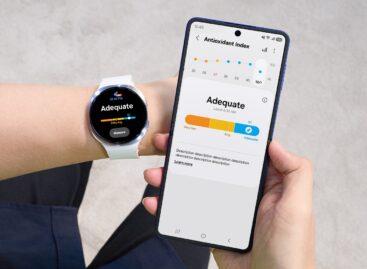Tastes and contradictions: why is something that is not healthy delicious – and how can we still eat well in Hungarian?
Hungarian cuisine is famous worldwide for its rich flavors, hearty dishes, and deep-rooted traditions. However, the third part of Index’s new series of articles draws attention to the fact that many popular Hungarian dishes – such as lángos, Csaba sausage, drum cake, and goulash soup – are delicious, but they can also be unhealthy if consumed regularly and in excess. Obesitologist Róbert J. Bedros spoke to the newspaper about the background to this phenomenon and possible solutions.
A heritage rich in fat, sugar, and salt
 Traditional Hungarian dishes became what they are for historical and economic reasons: filling, fatty, and salty. Hungary was an agricultural country, people did hard physical labor, and this required a diet high in energy. The flavors, dominated by lard, smoked meats, stew base, sour cream, fried foods, and paprika, were adapted to survival and shelf life – but today, circumstances are different.
Traditional Hungarian dishes became what they are for historical and economic reasons: filling, fatty, and salty. Hungary was an agricultural country, people did hard physical labor, and this required a diet high in energy. The flavors, dominated by lard, smoked meats, stew base, sour cream, fried foods, and paprika, were adapted to survival and shelf life – but today, circumstances are different.
Lifestyles have changed radically: sedentary work, less exercise, more processed foods – and yet the energy-dense diet has remained. The consequence: obesity, diabetes, cardiovascular problems. Moreover, many serious conditions, such as high cholesterol or insulin resistance, are initially asymptomatic – warns Bedros.
It’s not “crime”, it’s regularity that’s the problem
The expert emphasizes: we don’t have to eliminate our favorite dishes – the key is moderation and awareness. A lángos or a slice of drum cake can sometimes fit in, if we pay attention to the daily energy balance, the composition of our meals, and compensate with lighter meals or extra exercise. A “cheat day” can also be a consciously inserted occasion, not an everyday norm.
How can we make Hungarian cuisine “lighter”?
Some practical tips to make Hungarian food healthier:
Use less fat and replace frying in a lot of oil with baking, grilling or steaming.
Choose leaner cuts of meat (e.g. chicken breast, pork loin) instead of fatty ones.
Use low-fat dairy products (kefir, yogurt instead of sour cream) where possible.
Add more vegetables and less fat to stews and ragouts.
Reduce added sugar in desserts and switch to whole grain flour if your taste allows.
Use more herbs and less salt.
Related news
Broccoli is already in your head, but it’s a long way to the plate
🎧 Hallgasd a cikket: Lejátszás Szünet Folytatás Leállítás Nyelv: Auto…
Read more >From the lab to your wrist: cutting-edge nutrition tracking technology comes to the Galaxy Watch
🎧 Hallgasd a cikket: Lejátszás Szünet Folytatás Leállítás Nyelv: Auto…
Read more >This is why you should pay attention to your heart health even in autumn – tips from a dietitian
🎧 Hallgasd a cikket: Lejátszás Szünet Folytatás Leállítás Nyelv: Auto…
Read more >Related news
Best Global Brands: the most valuable brands in 2025
🎧 Hallgasd a cikket: Lejátszás Szünet Folytatás Leállítás Nyelv: Auto…
Read more >Tariffs, protection and pipe dreams
🎧 Hallgasd a cikket: Lejátszás Szünet Folytatás Leállítás Nyelv: Auto…
Read more >Trade magazin projects at the SIRHA Budapest 2026 trade show
🎧 Hallgasd a cikket: Lejátszás Szünet Folytatás Leállítás Nyelv: Auto…
Read more >






